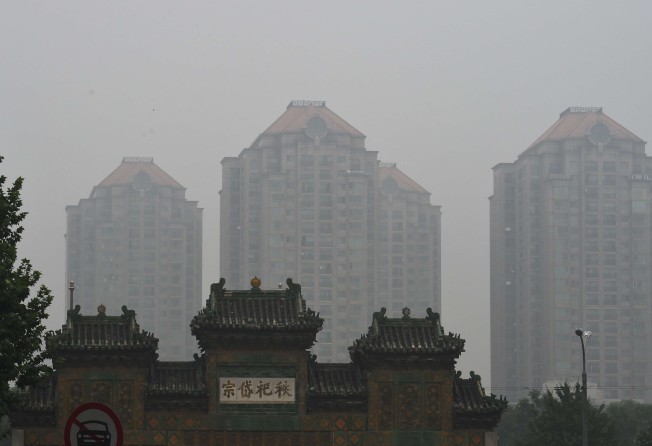China’s government urges planners to stop building identical looking cities
Policy document says greater efforts should also be made to protect traditional architecture, amid rapid development in world’s second-largest economy

Chinese cities must avoid looking identical in their urban development and focus on each city’s unique historical value, the government said in a policy document released late on Wednesday.
Rapid development over the last four decades of breakneck economic growth has seen many old buildings demolished and cookie-cutter skyscrapers and other edifices put up in their place.
While some places like Shanghai and Tianjin have done a relatively good job at protecting their cultural heritage, such as the colonial-era architecture of the two cities, others have lost swathes of historic buildings.
The new policy to better protect traditional Chinese culture, released by the central government, states cities have to set more store on their “historic and cultural value”.
“Refine and carefully choose prominent examples of special cultural characteristics and symbols, put this into urbanisation and city planning, rationally use public spaces for sculptures, squares and parts,” it said.
“Avoid a thousand pieces of the same tune, a thousand cities with the same face.”
In many parts of China the destruction of old buildings predates the country’s economic reforms of the late 1970s and can be dated back to the early days of Communist rule ushered in by the 1949 revolution.
Large parts of old Beijing, including the city walls, were demolished to make way for what is now Tiananmen Square and the cavernous Great Hall of the People, home to China’s largely rubber-stamp parliament.
The document said that the Communist Party has a “historical responsibility” to protect and promote traditional Chinese culture.
The guidelines also state the need to protect traditional Chinese villages and supporting poetry, music, dance, calligraphy and painting.
Brief mention is made too of protecting dialects, which have fallen out of favour with the government’s push to get everyone speaking one national language, Mandarin.